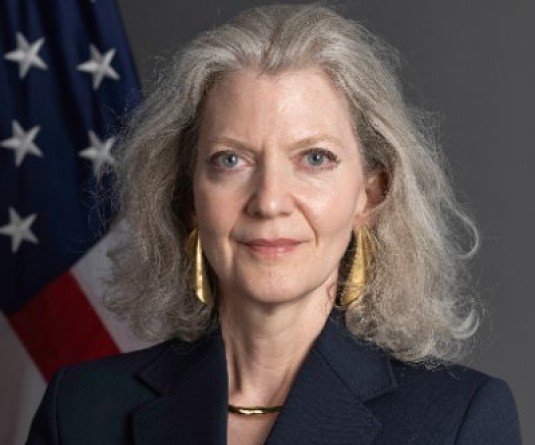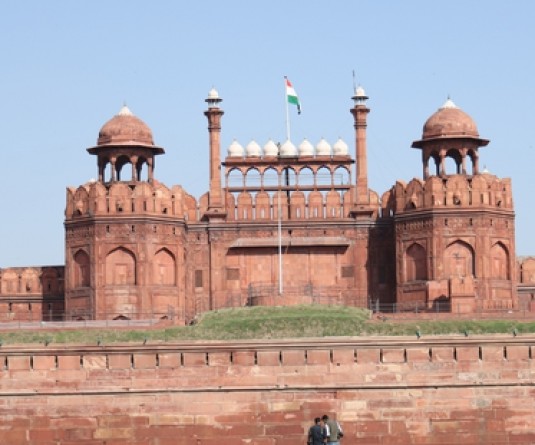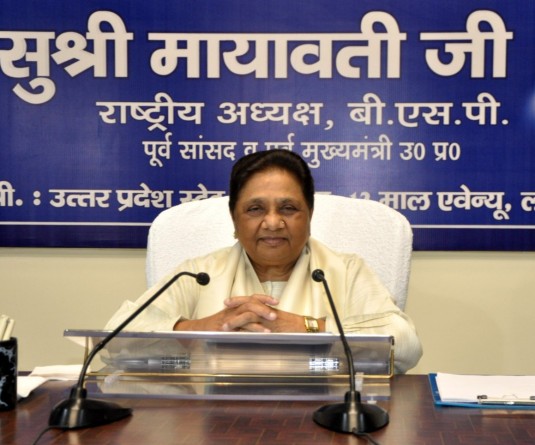
THIRUVANANTHAPURAM, July 5 (TNN): As Sree Padmanbha Swamy temple’s glittering gems are valued and tagged, it’s not just the diamonds that shine but also the royal family of the erstwhile princely state of Travancore. It’s an ode to the family’s unflinching devotion and integrity that not a penny has gone missing from the billions stored in the cellars of the centuries-old shrine administered by the royals.
Uthradam Thirunal Marthanda Varma, current head of the royal family, refuses to comment on the stock-taking exercise till the last paisa is counted. “Till then, only my eyes would speak,” he insists. What makes the family’s story vis-a-vis the temple all the more compelling is that the rulers always knew of the riches, yet never touched them. “The riches are mentioned in the book “Pradhanapetta Mathilakom Records” (Important Mathilakom Records) compiled by acclaimed Malayalam poet Ulloor S Parameswara Iyer and published in 1941. They also figure in the “Kottaram” (Palace) manual which runs into 12 volumes,” says noted historian M G Sasibhushan. “These records refer to the sacred cellars from which treasure is being dug out.”
Observers talk of the symbolic significance of the practice of royal family members dusting sand off their feet when they emerge from the shrine. “It was meant to convey that the family members would not take home or misappropriate even a speck of sand belonging to Padmanabha,” they say. In fact, the present head, Uthradom Thirunal Marthanda Varma, religiously follows the rule of paying of Rs 151 and 55 paise to the temple if he fails to make it to the shrine on any day.
Unlike other royals, the Travancore family has stayed away from opulence with descendants more inclined towards art and culture. “There was also a rule that the affairs of the palace should be run from the proceeds of its spice business and not with money from the state treasury,” says Sasibhushan. This is followed even now. The present ruler’s nephew Moolam Thirunal Rama Varma, next in line to head the family, runs the Aspinwall Company, which to this day supplies pepper to Buckingham Palace and many more European royals,” Sasibhushan says.
Though the kingdom of Travancore lapsed in 1949 following the Instrument of Accession with the Union of India, the management of the temple remained with the royal family by virtue of a covenant. Travancore extended from Kanyakumari (now in Tamil Nadu) in the south to Aluva (Ernakulam district) in the north. Padmanabhapuram (now in TN) was its first capital, but this was shifted to Thiruvananthapuram by Karthika Thirunal Rama Varma, better known as Dharma Raja, so called because he refused to let go of refugees who had fled Malabar following Tipu Sultan’s onslaught. He succeeded Anizham Thirunal Marthanda Varma, first ruler of Travancore, and is credited with formation of the state.
The family, which ruled over erstwhile Travancore, has had a long lineage of visionary rulers. In fact, it was a bold move by the first Marthanda Varma in 1750 that inextricably bonded the temple and the palace. The king donated the wealth of the kingdom to the deity Padmanabha (Lord Vishnu) and ruled the state as “Padmanabha Dasa” (servant of Padmanabha).
Some important names in the family are Swathi Thirunal (1813-1846), legendary Carnatic musician, who promoted English education and the last king Chithira Thirunal Bala Rama Varma (1912-1991), who abolished the death sentence making Travancore the first territory in India to do so. The last king issued the landmark Temple Entry Proclamation in 1936 doing away with the ban on “untouchables” entering temples.
Lord’s riches worth more than Rs 1 lakh cr
NEW DELHI, July 5 (Agencies): The Kerala temple treasure find keeps getting bigger. It has already captured the imagination of the country and has stirred a debate about the value and how it should be deployed. While a final word is yet to emerge about the exact valuation, reports that have appeared peg it at around Rs 1 lakh crore. The staggering amount can help the cash-strapped Kerala state fund several of its programmes and transform its economy.
The amount that is being bandied around could also meet the cost of rolling out the Food Security Act (around Rs 70,000 crore) and the rural job guarantee scheme spending of Rs 40,000 crore. If deployed for economic benefits, it could meet the Centre’s education budget for two-and-a-half years and is Rs 82,000 crore more than what the government hopes to collect this year. It can help meet the central government interest and debt payment liability for over four months and is equivalent to seven month’s defence spending.
Experts say the value of the treasure trove could be more if the antique value is taken into account. An independent evaluation by international experts could push up the valuation significantly while it may fetch a premium from investors if it is auctioned because of the religious sentiments and heritage value.
The value so far is more than the budget of three states — Delhi, Jharkhand and Uttarakhand and at least 50% higher than Posco’s proposed investment of $12 billion (Rs 54,000 crore) in India. It equals BP’s investment plans of $20 billion (Rs 90,000 crore) in India, including acquisition of a stake in Reliance Industries’ oil and gas acreages. The value is equal to nearly one-third the market value of India’s top firm, Reliance Industries Ltd, and almost equal to software giant Wipro’s market capitalization of Rs 1.04 lakh crore.






